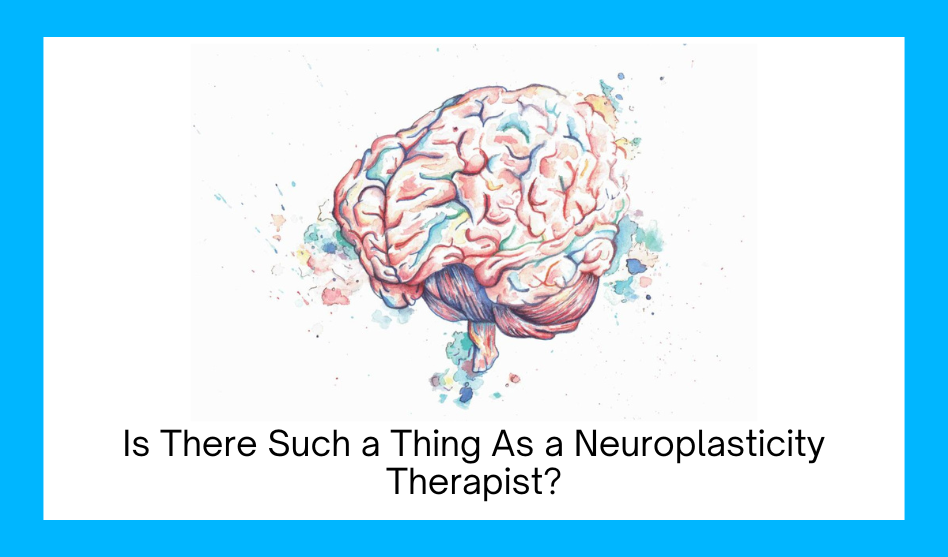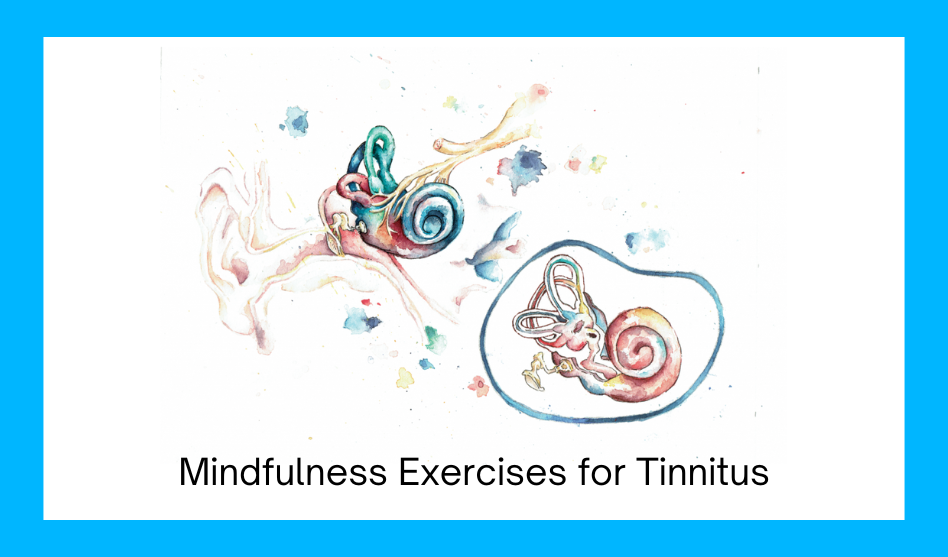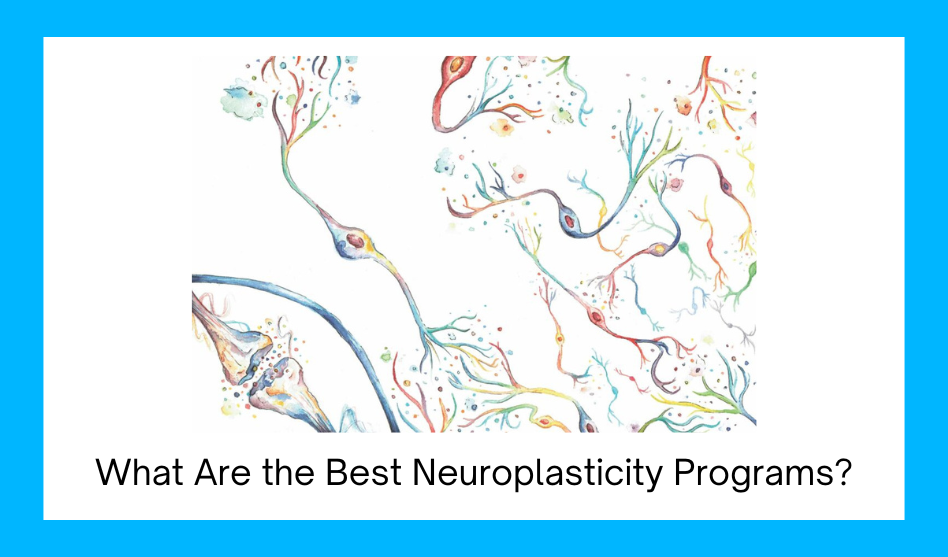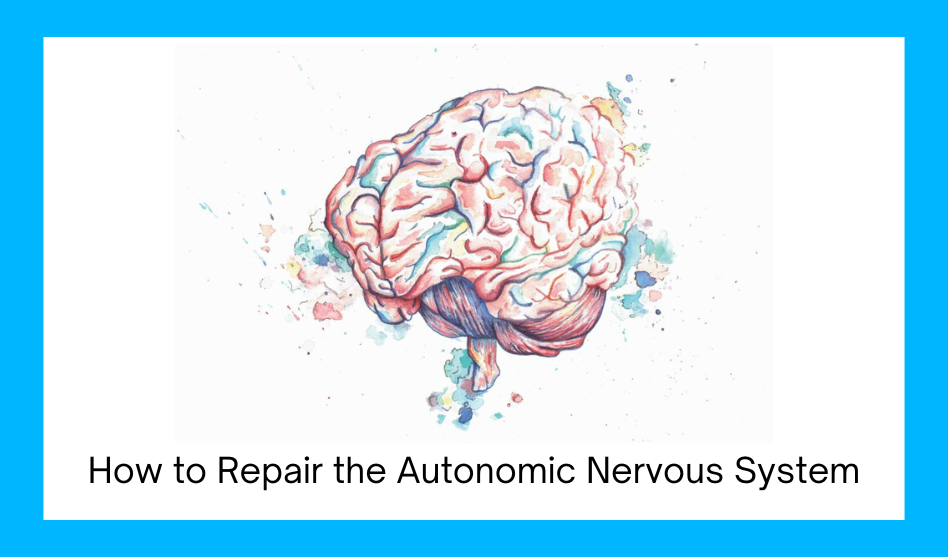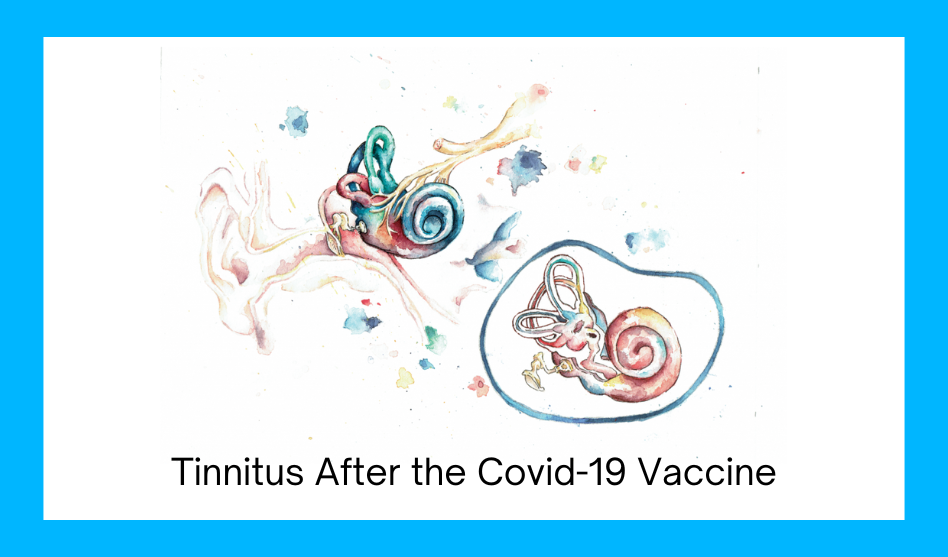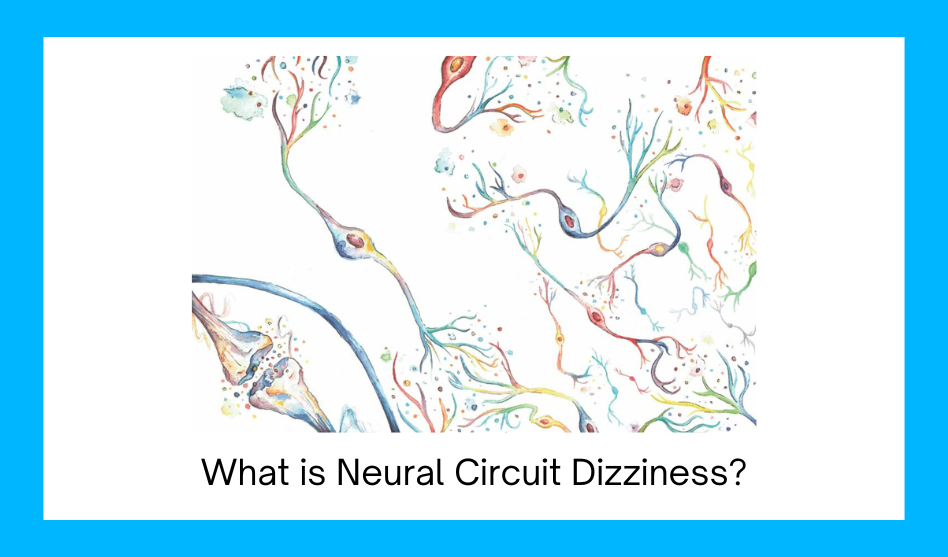
What is Neural Circuit Dizziness?
Dizziness is a sensation where we feel unexpected internal movement or we feel not quite right— what we sense and feel doesn’t match the situation we are in.
Dizziness comes from neural signals or nerve cells talking to each other. Those neural signals will be starting and ending somewhere between the inner ears (in the vestibular balance system) and the brain.
Those inner ear neural messages will be creating circuits, networks, and pathways to communicate with our eyes to stabilize our vision, and our spinal cord for posture. Our balance spinal reflexes respond appropriate to the situation, whether we are sitting, standing, or walking, these very fast refelxes keep us feeling steady and stable. The brain is integrating and coordinating all of these neural messages and neural circuits.
When there’s dizziness, something’s out of whack. It doesn’t feel quite right. There is an imbalance in the system somewhere. So, neural circuit dizziness refers to neural pathways that really need reestablishing, re-organsing, re-centering, or re-steadying.
I recommend a self-study process such as the ROCK STEADY program to help rebuild new normal balance pathways if there is a neural circuit dizziness that’s chronic and not resolving. If you’re not sure where you’re at, neural circuit dizziness can resolve in seconds, or it can resolve in minutes. We can expect dizziness to be resolved naturally within six weeks. So, if it’s ongoing in a chronic condition, chronic dizziness, that neural circuitry is getting locked in the dizziness signal pattern.
The ROCK STEADY program has tools to help reverse any dizzy neural circuits and to reestablish new normalized balance pathways so that the dizziness signal is weakened. We override the dizzy signals with normal balance pathways using neuroplasticity and changing how those nerve cells communicate so that we can feel normal again.

